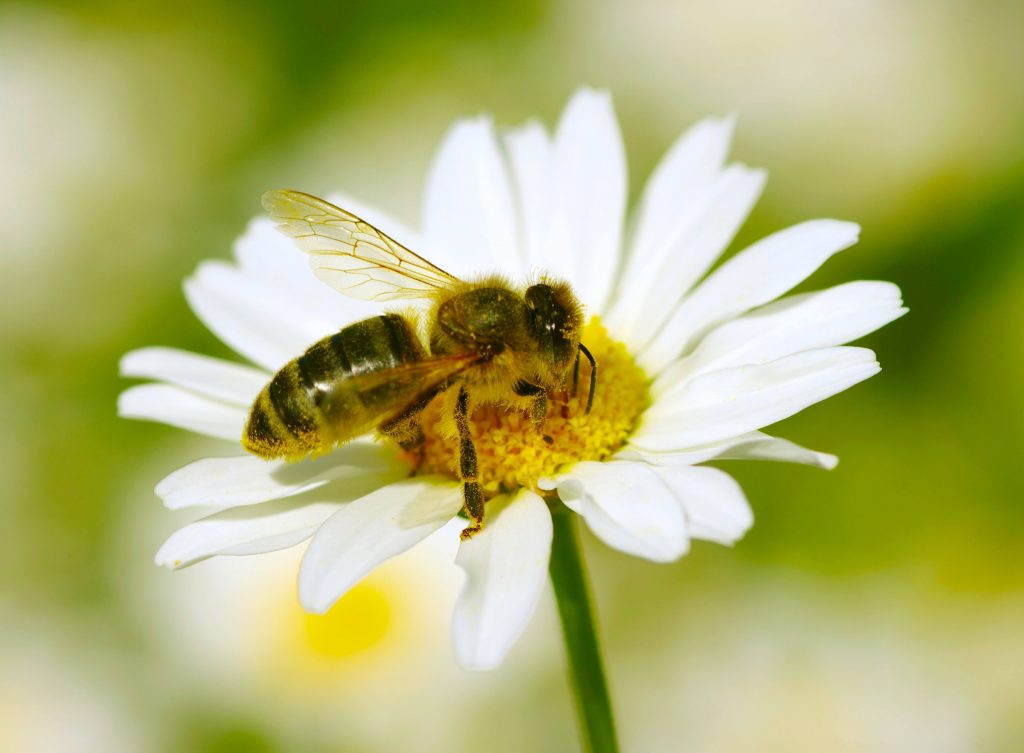-
Featured News
Mayo Clinic Q and A: Beesting allergy

DEAR MAYO CLINIC: I am 50 years old and recently had a pretty severe reaction to a beesting. I remember as a kid that I was stung without any reaction. Is it normal to become allergic later in life? Is there anything I should do to protect myself from now on?
ANSWER: Although it’s uncommon to develop an allergy at age 50, it can happen. People may develop new allergies at all stages of life. In a case like yours, it’s important that you see an allergist to have your condition evaluated and, if appropriate, craft a plan for how to manage your allergy going forward.
When you are stung by a bee, the bee jabs a barbed stinger into your skin that releases venom. Flick the barb off with your fingernail or a credit card. Don’t squeeze it, as that may inject more venom. Most of the time, symptoms of beestings are minor and localized, involving burning pain and itching at the site of the sting, along with a red welt and slight swelling in that area. Typically, those symptoms can be eased with self-care steps, such as applying a cold compress to the area; taking an over-the-counter pain reliever; and applying hydrocortisone cream or calamine lotion to ease redness, itching and swelling. Mild symptoms of a beesting usually disappear within a day.
Some people who get stung by a bee may have a stronger reaction, but one that doesn’t signal a significant allergy. These moderate reactions may include symptoms such as redness, itching, pain and swelling at the site of the sting that then spreads to a larger area around the sting. It can take from about three to 10 days for moderate symptoms to fade away. If these symptoms don’t respond to the self-care steps described above or if they are accompanied by fever, you should seek medical attention.
People who have an allergy to bee venom may experience severe symptoms when they’re stung. These symptoms, collectively known as anaphylaxis, can include swelling, flushing and hives at the sting site, as well as on other areas of the skin that are not adjacent to the site. Systemic symptoms, such as nausea, vomiting, diarrhea, shortness of breath, wheezing, dizziness, lightheadedness and loss of consciousness, also can occur. These symptoms require emergency medical attention at a hospital emergency department. Or you should call 911. If not treated promptly, anaphylaxis can be life-threatening.
Having one severe reaction to a beesting doesn’t necessarily mean that you’ll always have that reaction if you get stung again. After a severe reaction, however, it is important to consult an allergist to see if you need to be evaluated for a venom allergy based on your symptoms and medical history. If so, a blood or skin test, or sometimes both, can be used to check for the allergy.
The evaluation may include testing for other potential problems, too, to see if there might be another underlying issue that could have contributed to your reaction. An example of this is a disorder called systemic mastocytosis, which can trigger symptoms similar to that of a bee venom allergy.
Depending on the test results, you may be a candidate for venom immunotherapy. This treatment, involving a series of shots given regularly over several years, can desensitize you to bee venom and significantly reduce your risk of having another severe reaction. You also may be prescribed an epinephrine autoinjector to carry with you at all times. You can use these autoinjectors to relieve severe symptoms if you are stung again. In addition, your allergist can work with you to develop an allergic reaction action plan, so if you are stung again, you know what to do. — Dr. Harry Teaford, Allergy and Outpatient Infectious Disease, Mayo Clinic, Scottsdale, Arizona
****************************
Related Article
- Home Remedies: Stung by a bee published 7/10/19







